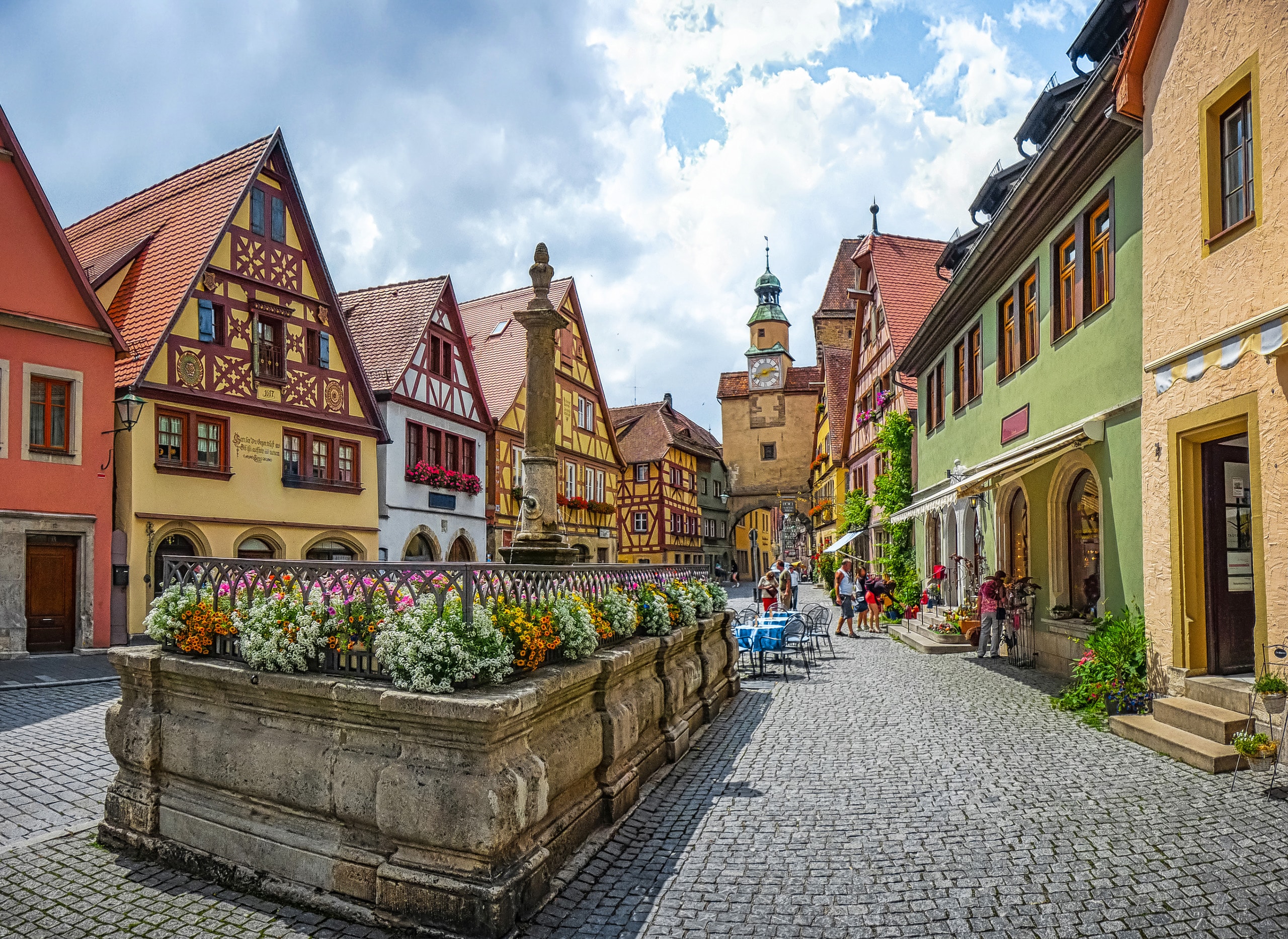
Ravenna, Italy
Ravenna, Italy
Description
Ravenna is one of the great cultural sites in Europe. The city's monuments bear witness to the succession of three major civilizations. In the 5th century, Ravenna was the last capital of the Roman Empire. The city then served as the seat of Theodoric I's short-lived barbarian kingdom. After its collapse, Ravenna became a major hub in the Byzantine Empire. The city is thus renowned and revered for churches and mausoleums decorated with superb mosaics spanning all three civilizations. Often Roman, Arian, and Byzantine art adorns the same building. Ravenna is also your gateway to the cities of the Po plain. Bologna is home to magnificent medieval buildings and Europe's oldest university. Ferrara was the stronghold of the Renaissance's fabled d'Este clan. And tiny San Marino clings to the slopes of Mt. Titano.
In 402, the Emperor Honarius moved the capital of the Western Empire from Milan to Ravenna.
Points of Interest
- Basilica di San Vitale
- Tomb of Galla Placidia
- Sant' Apollinare Nuovo
- Bologna
- San Marino
- Faenza
- Brisighella
- Comacchio
More about Ravenna, Italy Points of Interest
-
Basilica di San Vitale -
Dating from the mid-6th century, this important octagonally-shaped church with a large cupola and a two-story ambulatory contains what are probably the finest Byzantine mosaics in the western world.
-
Tomb of Galla Placidia -
One of the oldest monuments in Ravenna, this small brick tomb commissioned by the powerful Roman Empress, Galla Placidia, was completed around 430 A.D. and contains breathtaking mosaics.
-
Sant' Apollinare Nuovo -
The Basilica di Sant'Apollinare Nuovo, a World Heritage Site, was named for Ravenna's first bishop. It boasts 24 marble columns from Constantinople and lavish 6th century religious mosaics.
-
Bologna -
The capital city of the Emilia-Romagna region in the Po Valley, Bologna has an illustrious past dating to the 4th century B.C. It boasts the world's oldest university and a popular cuisine.
-
San Marino -
The world's smallest state after the Vatican and Monaco, San Marino clings to the top of Mt. Titiano. Just one of the attractions is the Changing of the Guard at the Palazzo del Governo.
-
Faenza -
Noted for its production of faience, a local form of tin-glazed painted earthenware known as majolica,, the International Museum of Ceramic and the several amazing ceramic workshops.
-
Brisighella -
The medieval city of Brisighella is known for its DOP olive oil, the precious "Brisighello Olive Oil" and wine, appealing cuisine and larger neighbors of Faenza, Ravenna and Bologna, this ancient city at the foot of the Subalpennine hills is a wonder in itself.
-
Comacchio -
This little village perched on on the edge of its own lagoon may just be Italy's hidden treasure.